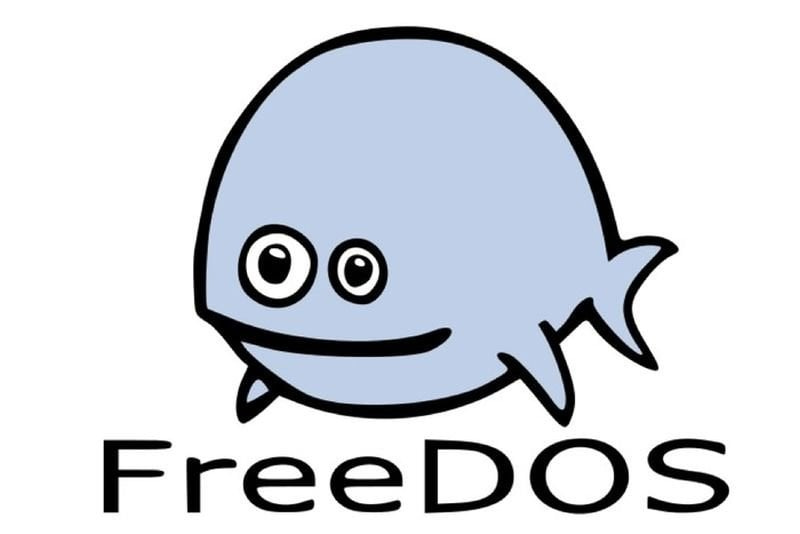FreeDOS: History, Legacy, and a Valuable Resource for Old Machines
FreeDOS is a free and open‐source operating system designed to be compatible with MS‑DOS. Developed to keep the DOS experience alive even after Microsoft ended support for MS‑DOS, FreeDOS has grown into a complete environment that not only preserves classic DOS functionality but also introduces modern enhancements. Its simplicity and low resource requirements have made it a cherished resource for retro computing enthusiasts and a practical tool for embedded systems and legacy hardware.
History of FreeDOS
The FreeDOS project began in 1994 when Jim Hall, then a physics student at the University of Wisconsin–River Falls, observed that Microsoft had announced the end of support for MS‑DOS. Unwilling to see DOS functionality disappear, Hall posted a manifesto on Usenet proposing the development of an open‑source DOS replacement. Within weeks, other programmers, including Pat Villani and Tim Norman, joined the effort. Their collective work led to the creation of a new kernel, command interpreter, and essential utilities by combining original code with publicly available resources. The project was initially named PD‑DOS, later renamed Free‑DOS, and eventually simplified to FreeDOS.
Throughout its evolution, FreeDOS experienced several developmental phases marked by frequent pre‑releases. The first stable version, FreeDOS 1.0, was released in 2006. Subsequent updates, including versions 1.1, 1.2, and the most recent 1.3, have incorporated modern features such as support for FAT32 partitions, Logical Block Addressing (LBA), and improved memory management. Despite the slowing pace of development after DOS ceased being a moving target, FreeDOS has maintained an active community that continually refines the system.
FreeDOS as a Modern DOS and Legacy Resource
FreeDOS represents both a tribute to and an evolution of the DOS era. Its preservation of the classic command‑line interface allows users to relive the computing experiences of the 1980s and 1990s. For retro gamers and hobbyists, FreeDOS provides a platform where legacy applications and games can run almost as originally intended. Its lightweight design makes it an excellent choice for resurrecting vintage hardware, such as early IBM PC compatibles, and for use in embedded systems that require minimal overhead.
Beyond gaming, FreeDOS is valued for its practicality in niche applications. Many computer manufacturers, including Dell and HP, offer systems pre‑loaded with FreeDOS as a cost‑effective alternative to licensed operating systems. Additionally, technicians and computer engineers use FreeDOS for tasks like BIOS updates and data recovery on older machines, ensuring that even decades‑old technology remains operational.
Technical Features and Compatibility
FreeDOS boasts a range of modern technical enhancements while staying true to its DOS roots. Its support for FAT32 and LBA enables it to access large hard disks—capabilities that traditional MS‑DOS lacked. Enhanced memory management through drivers such as HIMEM and EMM386, as well as utilities that move portions of the command interpreter into high memory, help preserve conventional memory for legacy applications. Although FreeDOS maintains full compatibility with many MS‑DOS programs, it also introduces improvements like a more powerful command interpreter and additional utilities that extend the classic DOS functionality.
Compatibility extends to both software and hardware. Nearly all programs written for MS‑DOS run under FreeDOS, and it can even support some Windows 3.x environments in standard mode. Moreover, FreeDOS performs well under virtualization and emulation platforms like DOSBox and VirtualBox, making it accessible for both physical and virtual legacy systems.
Impact on Legacy Hardware and Embedded Systems
The design philosophy of FreeDOS centers on simplicity and direct hardware access. This makes it ideally suited for older machines that might struggle with modern operating systems. Enthusiasts often install FreeDOS on vintage PCs to restore functionality to systems that were once considered obsolete. Its ability to boot from floppy disks, USB drives, or even CD‑ROMs allows technicians to use FreeDOS as a recovery tool when legacy operating systems fail.
In the realm of embedded systems, FreeDOS continues to be a reliable platform. Its low resource footprint and straightforward architecture provide an environment where specialized applications—such as those in industrial control, data logging, or even retro gaming kiosks—can operate effectively. By running on minimal hardware, FreeDOS demonstrates that sometimes, less is more.
Conclusion
FreeDOS is much more than a nostalgic relic; it is a living project that bridges the gap between the computing past and present. Its evolution from a grassroots project initiated by a concerned student to a robust, feature‑rich operating system underscores the enduring appeal of DOS. For anyone interested in retro computing, legacy hardware, or embedded systems, FreeDOS offers a uniquely practical and accessible platform. Its active community and continuous improvements ensure that the spirit of DOS will endure for years to come.
References
FreeDOS – Wikipedia
https://en.wikipedia.org/wiki/FreeDOS
The Origin and Evolution of FreeDOS – Opensource.com
https://opensource.com/article/17/10/freedos
Looking Ahead to 30 Years of FreeDOS – We Love Open Source
https://allthingsopen.org/articles/30-years-freedos
How FreeDOS Grew Up and Became a Modern DOS – How-To Geek
https://www.howtogeek.com/devops/how-freedos-grew-up-and-became-a-modern-dos/
About FreeDOS – The FreeDOS Project
https://freedos.org/about/




